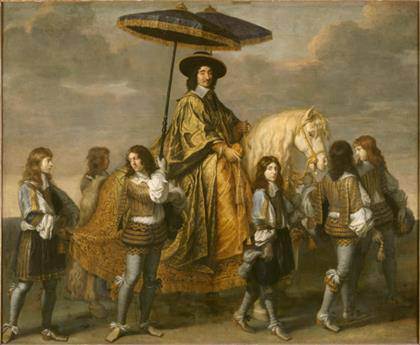
Damien Hirst
Chicken, 1999
screenprint
National Gallery of Art, Washington, Corcoran Collection
(Gift of The Heather and Tony Podesta Collection, Washington, DC)
Damien Hirst / ‘The Last Supper’ / NGA Washington National Gallery of Art, Washington, presents ‘The Last Supper’ (1990), a series of 13 monumental prints by British artist Damien Hirst, acquired by the National Gallery of Art from the Corcoran Gallery of Art in 2015. August 13, 2016, through January 1, 2017.]]>
Source: National Gallery of Art, Washington
Hirst was among the most prominent of the Young British Artists—or YBAs, as they are known—who revitalized the British art scene in the 1990s. In “The Last Supper”, he wittily explores the role of faith, viewing it in relation to art, medicine, and religion. Never before shown in Washington in its entirety, the visually arresting Last Supper series will be installed in the West Building Concourse Gallery from August 13, 2016, through January 1, 2017.
The 13 prints that make up “The Last Supper” refer to the number gathered at the biblical Last Supper. Hirst raises the question of whether our faith in medicine, with its promise to stave off disease and death, is now comparable to our faith in religion. He conflates minimalist pharmaceutical packaging with the form and style of art, wondering “why some people believe completely in medicine and not in art, without questioning either.” Hirst recalls watching his mother fill a prescription at a pharmacy, taking note of how at ease she was with the visual motifs used to market drugs. “My mum was looking at the same kind of stuff in the chemist’s and believing in it completely. And then, when looking at it in an art gallery, completely not believing in it.”
Each of the “Last Supper” prints features a pharmaceutical label that has been altered. The names of medicines have been replaced with those of common British foods (“Ethambutol Hydrochloride” becomes “Steak and Kidney,” for example) and the names or logos of the manufacturers have been replaced by those of the artist—Hirst’s own brand, so to speak. Enlarged to a heroic scale, the prints pose the question of whether pharmaceuticals—a staple of many contemporary diets—may have become not only the salvation in which we put our faith, but our daily bread.
Related content
Damien Hirst great retrospective at Tate Modern (exhibition, 2012)
Follow us on:


